Science constantly pushes the boundaries of what we know, revealing a universe full of surprises. From the tiniest building blocks of matter to the vast expanses of space, these remarkable facts illuminate the weird, wonderful, and unexpected ways our world—and beyond—truly works. Here are 25 mind-blowing science facts that will change the way you see reality, spark your curiosity, and leave you eager to learn more.
1. Water Can Exist in Three States at Once
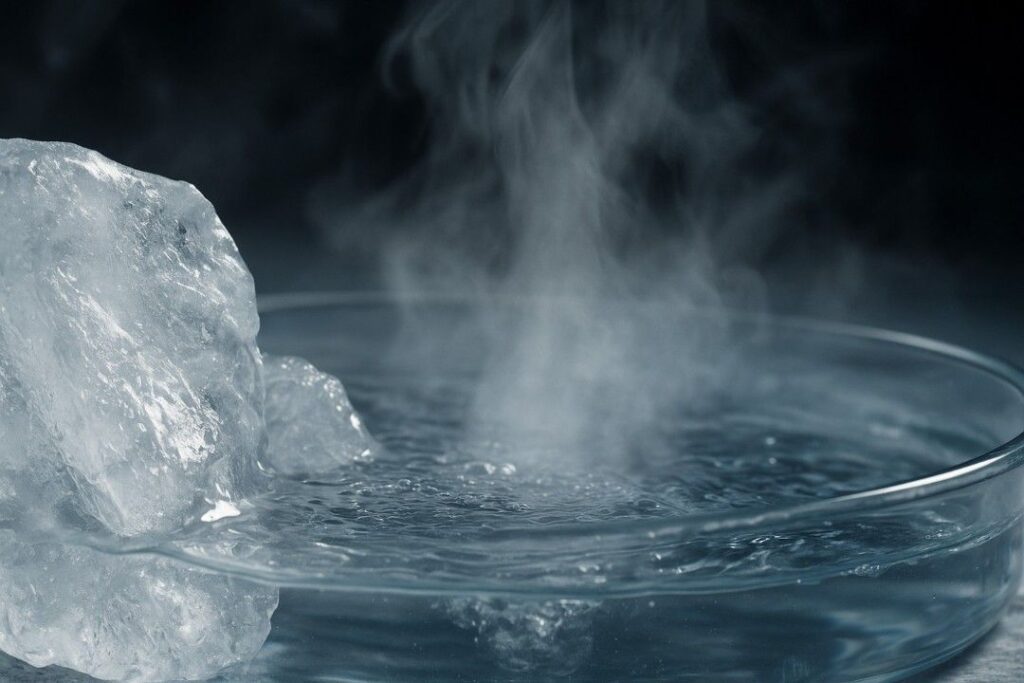
At a specific temperature and pressure known as the triple point, water can simultaneously exist as a solid, liquid, and gas. This rare phenomenon is crucial in thermodynamics and helps scientists calibrate thermometers. The triple point for water occurs at precisely 0.01°C and a pressure of 611.657 pascals. This fact showcases just how strange and versatile this common substance can be.
2. The Human Body Contains Stardust

Every atom in your body—carbon, oxygen, iron, and more—originated in the cores of stars that exploded in massive supernovas billions of years ago. This means humans (and everything on Earth) are made of stardust. The iron in your blood, for instance, could only have formed under the extreme conditions found in dying stars, making us all cosmic in origin.
3. Bananas Are Naturally Radioactive

Bananas contain potassium-40, a radioactive isotope of potassium. While the amount is tiny and harmless, it’s measurable—so much so that scientists sometimes use the “Banana Equivalent Dose” to explain radiation levels in everyday terms. Eating a banana won’t hurt you, but it’s a fun reminder that radioactivity is a natural part of our environment.
4. You Shed Your Entire Skin Every Month

The human skin is constantly regenerating. In fact, you shed about 30,000 to 40,000 dead skin cells every minute, amounting to a new outer layer every month. This cycle not only keeps your skin healthy but also means most of the dust in your home is actually composed of dead human skin cells!
5. The Eiffel Tower Grows Taller in Summer

The metal expands when heated. In summer, the Eiffel Tower in Paris can be up to 15 centimeters (about 6 inches) taller than during winter due to the iron expanding in the heat. This simple principle of thermal expansion affects buildings, bridges, and other metal structures worldwide.
6. Octopuses Have Three Hearts
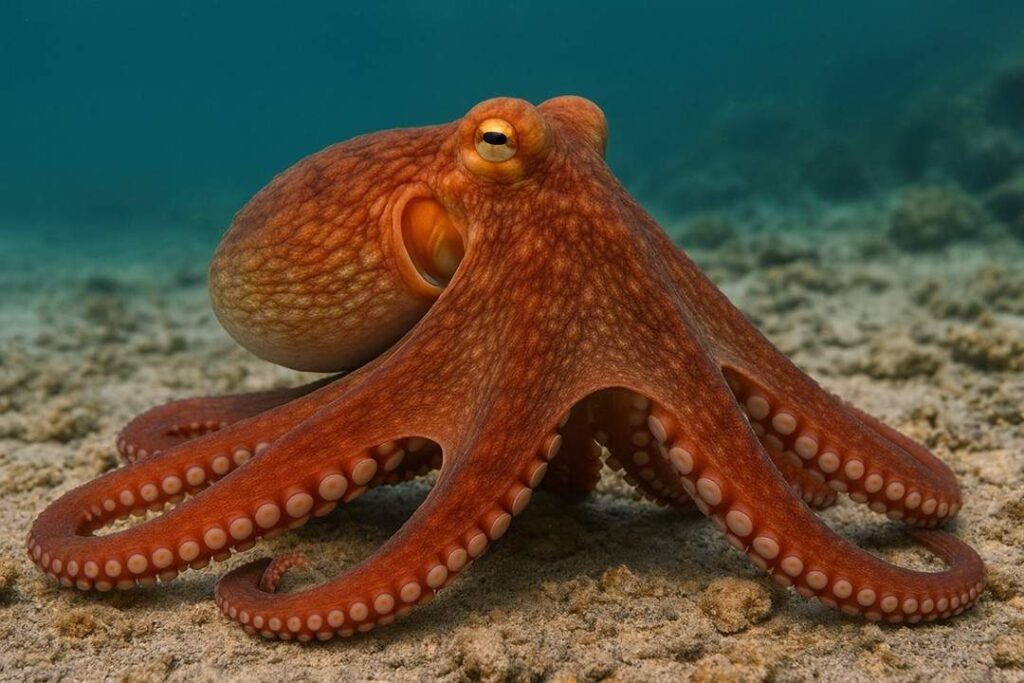
Octopuses possess a complex circulatory system with three hearts. Two pumps circulate blood through the gills, while the third pump delivers it to the rest of the body. Interestingly, when an octopus swims, the main heart stops beating, which is why these creatures prefer crawling over swimming—swimming is much more exhausting!
7. Honey Never Spoils
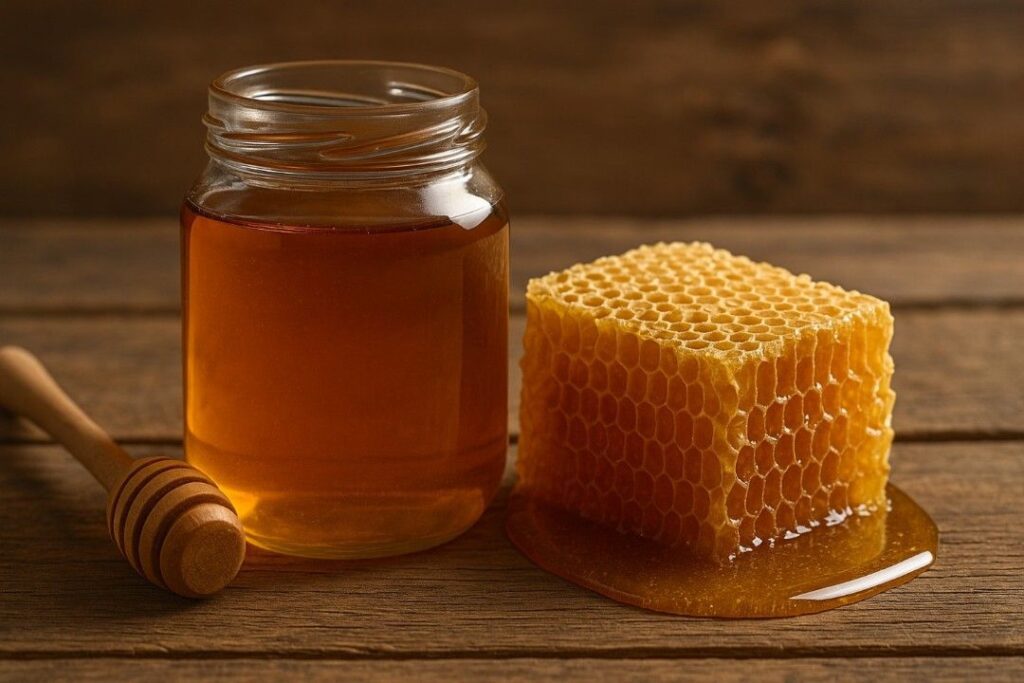
Honey has remarkable preservative qualities due to its low water content, high acidity, and presence of natural hydrogen peroxide. Archaeologists have discovered pots of honey in ancient Egyptian tombs that remain edible even after thousands of years. Properly stored, honey can last indefinitely.
8. There Are More Trees on Earth Than Stars in the Milky Way
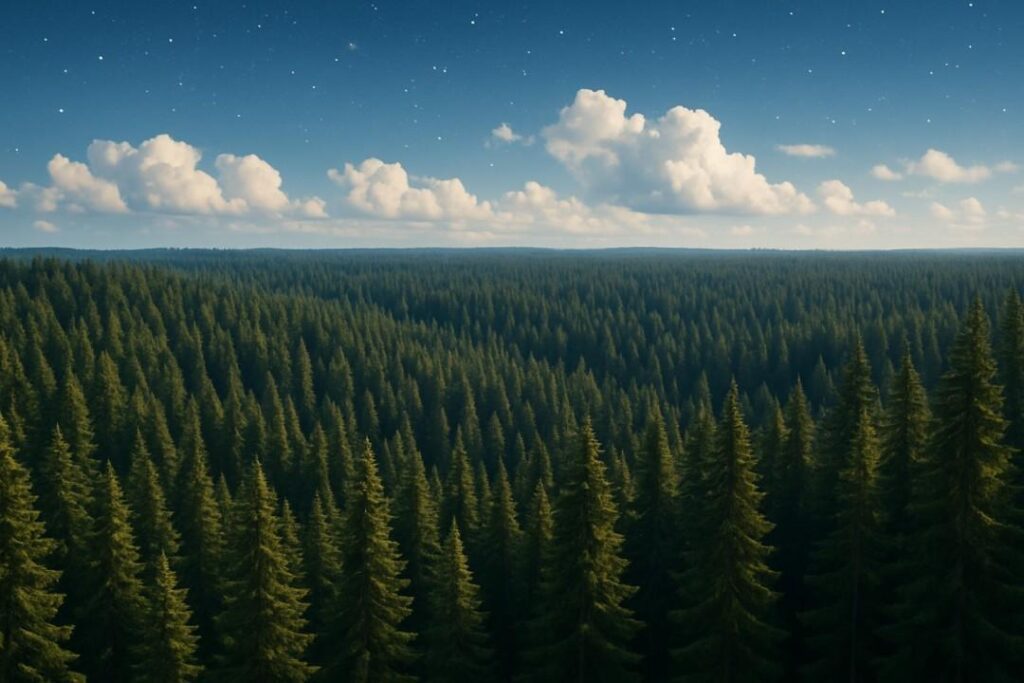
Estimates suggest there are around 3 trillion trees on Earth, far surpassing the 100–400 billion stars in our Milky Way galaxy. This staggering number highlights the richness of our planet’s biodiversity and the vital role trees play in our global ecosystem.
9. The Speed of Light Isn’t Always Constant
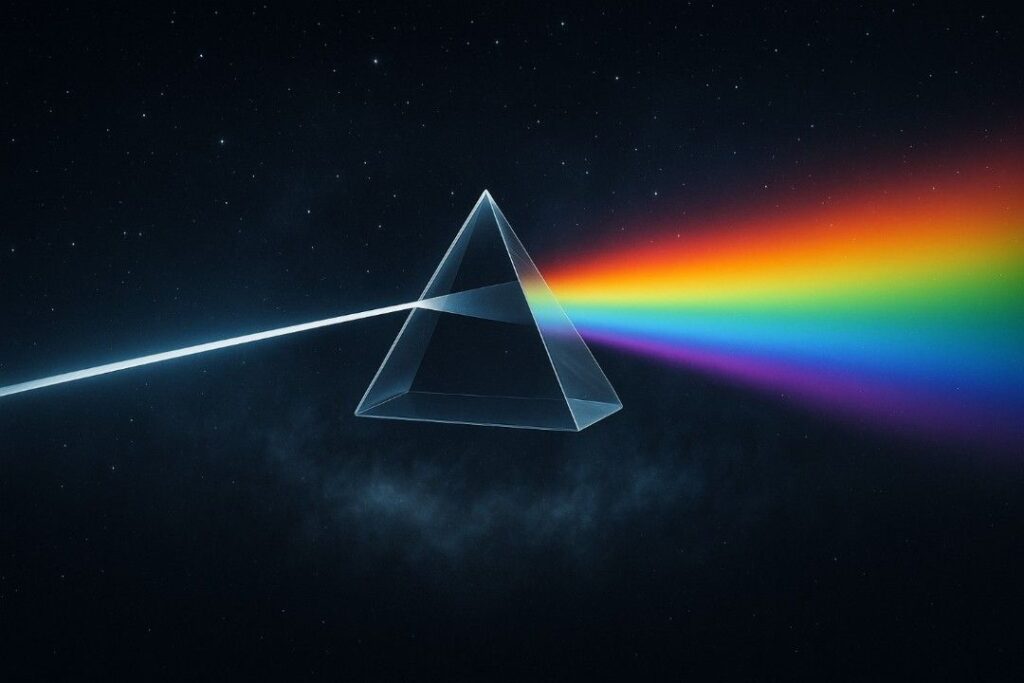
While the speed of light in a vacuum is about 299,792 kilometers per second (186,282 miles per second), it can slow down when passing through substances like water or glass. In fact, light travels about 25% slower in water. Scientists have even managed to slow light to a complete stop in certain experiments using ultra-cold atoms!
10. Hot Water Can Freeze Faster Than Cold Water

Known as the Mpemba effect, under certain conditions, hot water can freeze more quickly than cold water. The exact reasons remain a subject of scientific debate, but possible explanations include evaporation, convection currents, and differences in dissolved gases. This counterintuitive phenomenon still puzzles researchers today.
11. DNA Is Packed Extremely Tightly
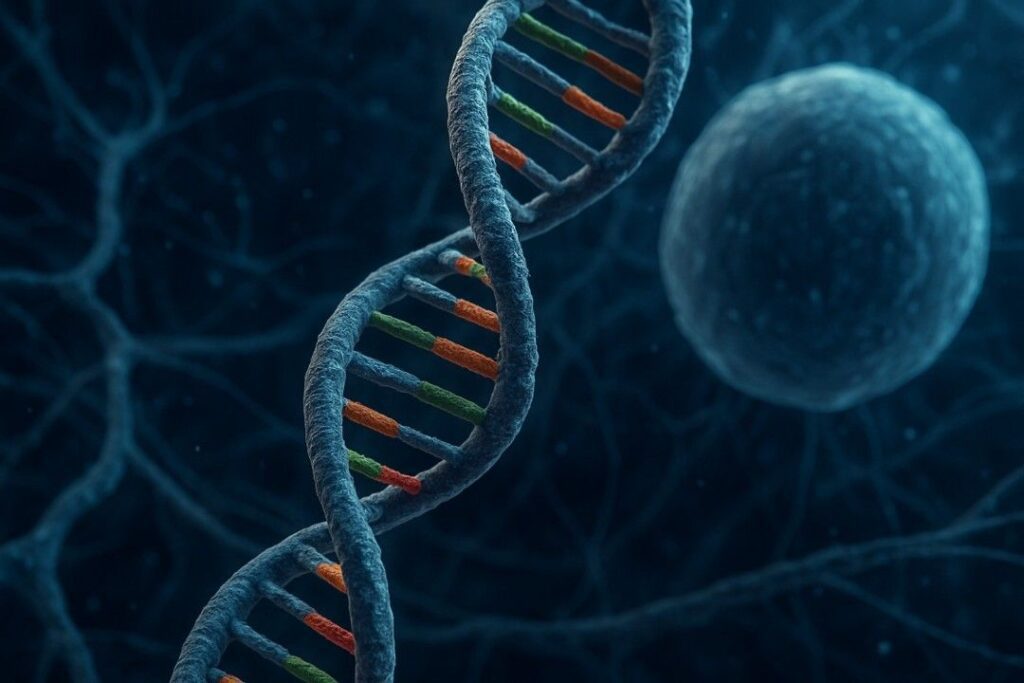
If you unraveled all the DNA from a single human cell and stretched it out, it would be about 2 meters (6 feet) long. Yet, all that information fits into a cell’s nucleus, which is only about 6 micrometers across. The coiling and packing mechanisms of DNA are among nature’s most efficient space-savers.
12. The Earth’s Core Is as Hot as the Sun
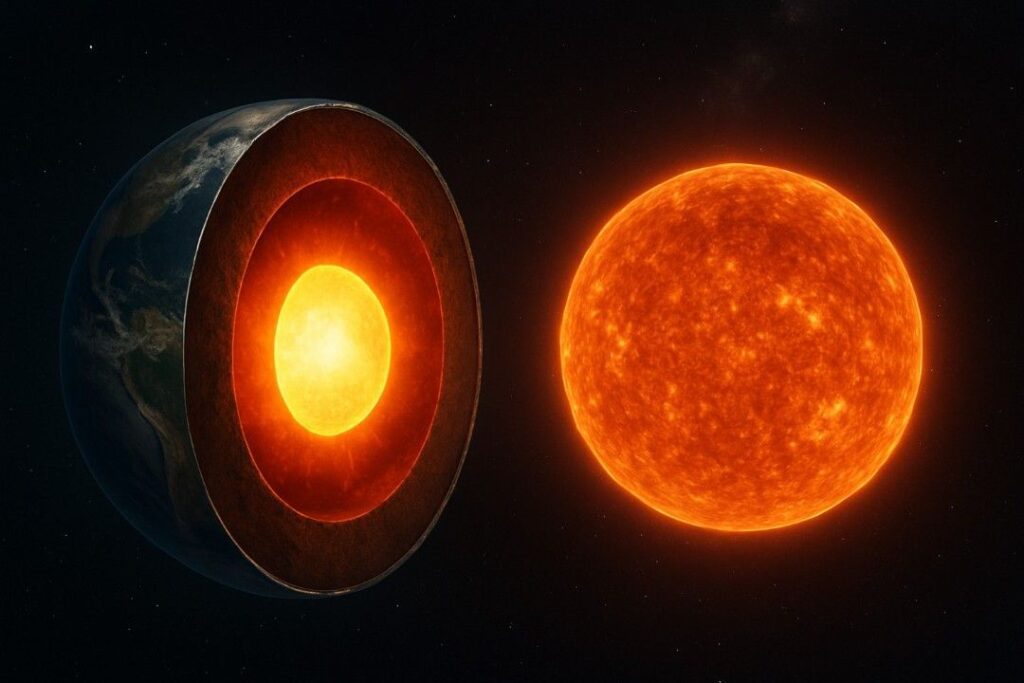
The temperature at the Earth’s inner core reaches an estimated 5,400°C (9,800°F), similar to the surface temperature of the Sun. This extreme heat is generated by radioactive decay and the immense pressure at Earth’s center, driving geological processes like plate tectonics and volcanic eruptions.
13. Your Bones Are Constantly Regenerating
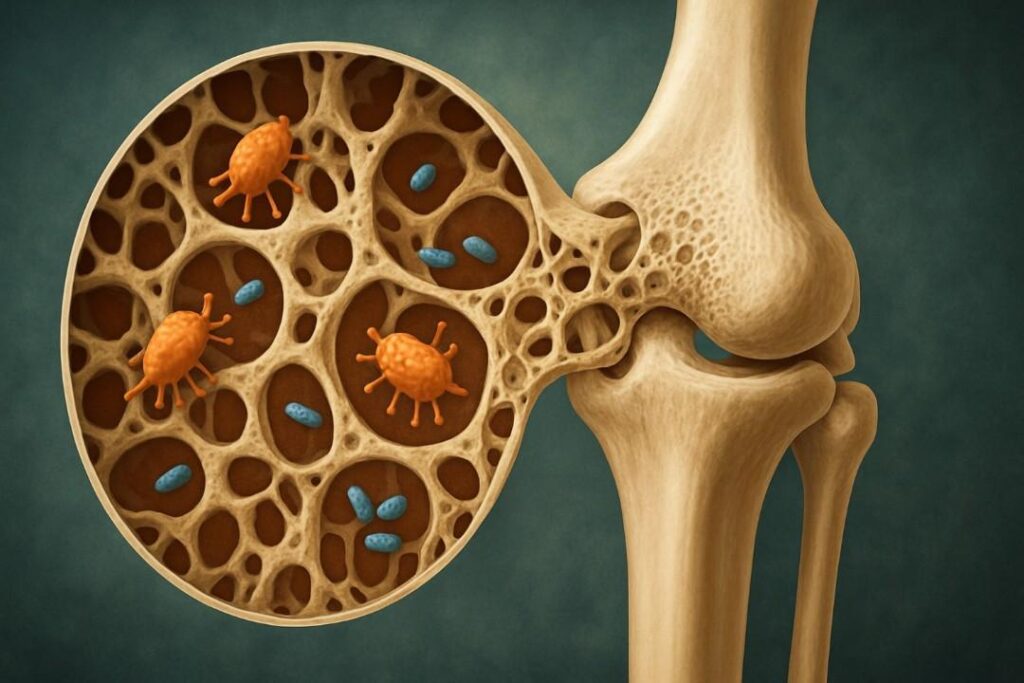
Human bones are dynamic organs that continuously break down and rebuild themselves. The entire human skeleton is replaced about every 10 years, thanks to cells called osteoclasts (which break down bone) and osteoblasts (which build it back up). This process keeps bones strong and helps repair injuries.
14. Some Metals Explode on Contact with Water

Elements like sodium and potassium react explosively when dropped into water. This dramatic reaction produces hydrogen gas and heat, often igniting the hydrogen in a burst of flame. These alkali metals are stored under oil to prevent accidental exposure to moisture in the air.
15. The Universe Is Actually Beige

After analyzing the light from over 200,000 galaxies, scientists determined that the average color of the universe is a pale beige, nicknamed “cosmic latte.” This color comes from the combined light of billions of stars and galaxies, giving the cosmos its subtle, creamy hue.
16. You Can Taste Without Smelling—But It’s Not the Same

Much of what we perceive as taste is actually smell. When you have a cold and your nose is blocked, food seems bland. That’s because your sense of smell works together with your taste buds to create the full flavor experience, demonstrating the fascinating overlap between our senses.
17. Some Plants “Talk” to Each Other

Certain plants release chemicals through their roots or leaves to warn neighbors about pests or disease. Acacia trees, for example, emit ethylene gas when grazed upon, signaling nearby trees to increase their chemical defenses. This plant communication is an exciting area of ecological research.
18. Sharks Have Been Around Longer Than Trees
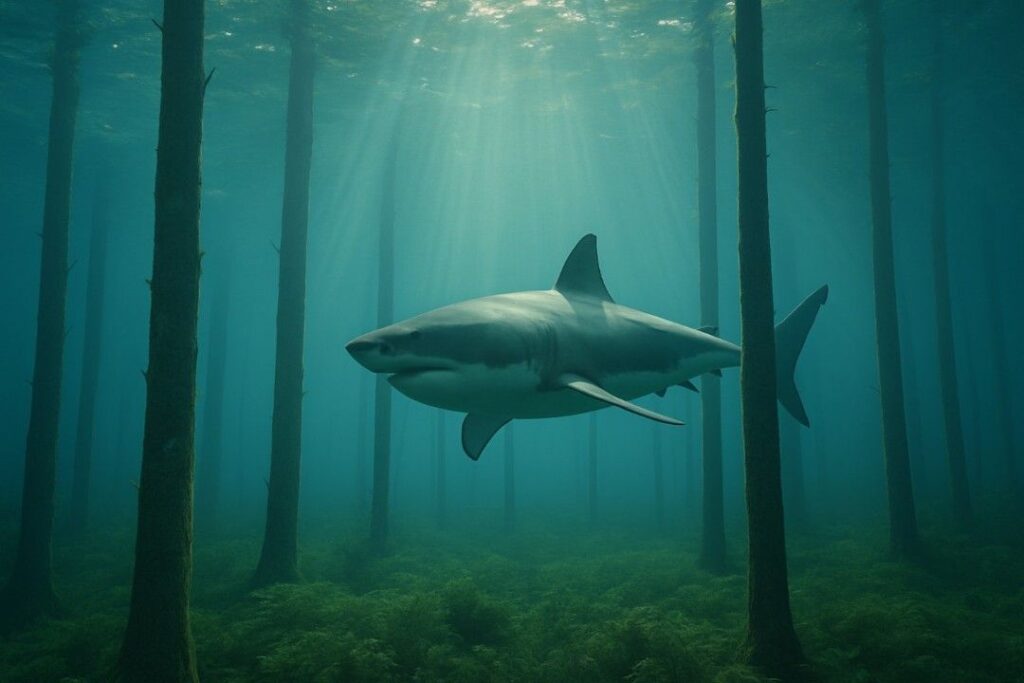
Sharks have been around for more than 400 million years, and the first trees emerged approximately 350 million years ago. In fact, these ancient predators have survived multiple mass extinctions. Moreover, they have adapted to changing environments in ways that continue to intrigue scientists today.
19. Space Is Not Completely Silent
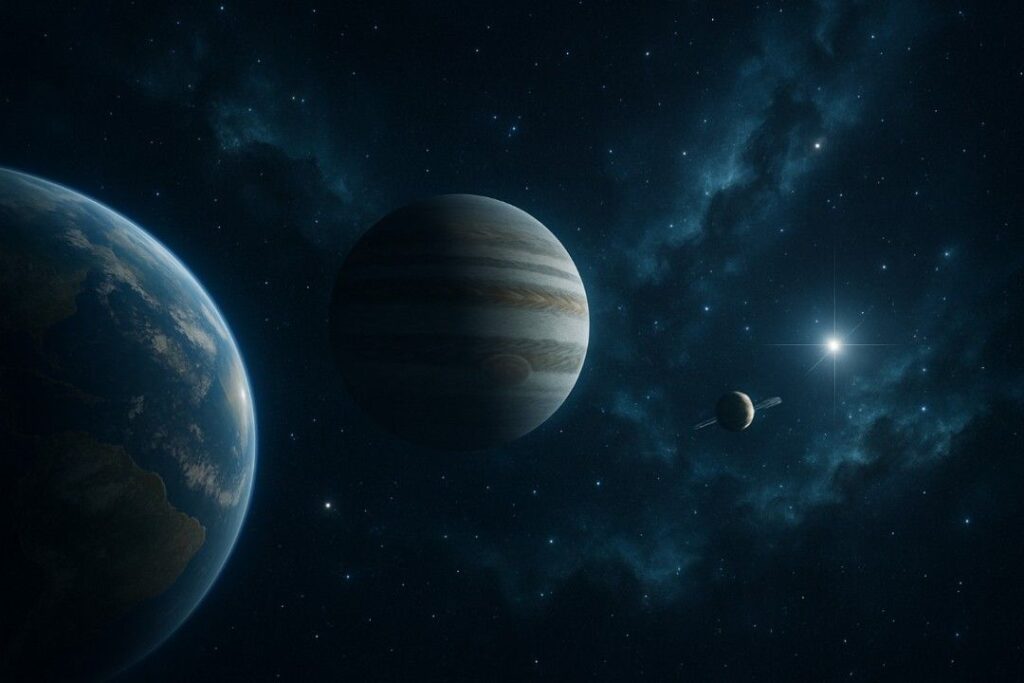
While sound cannot travel through the vacuum of space, other types of waves—like electromagnetic and plasma waves—can be detected and converted into sound waves. Space agencies have captured eerie “sounds” from planets and stars, which you can listen to thanks to modern technology.
20. Some Animals Can Live Without Oxygen
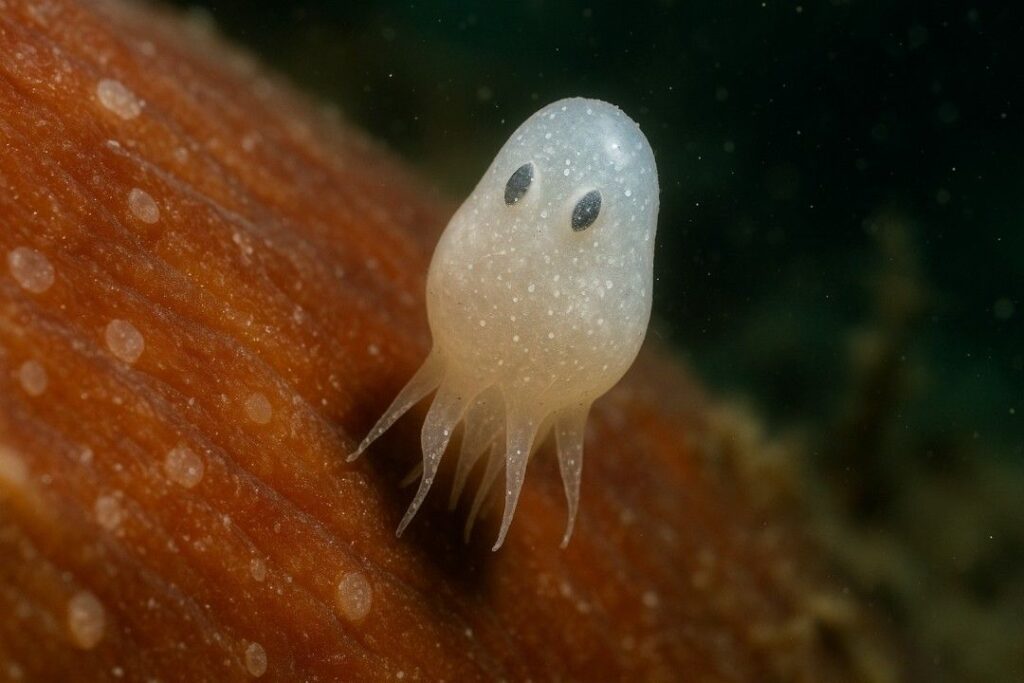
The tiny parasite Henneguya salminicola is the first known animal that can survive entirely without oxygen. It obtains nutrients directly from its host rather than relying on breathing. Discoveries like this expand our understanding of life’s possibilities and how it might exist in extreme environments.
21. Your Stomach Gets a New Lining Every Few Days
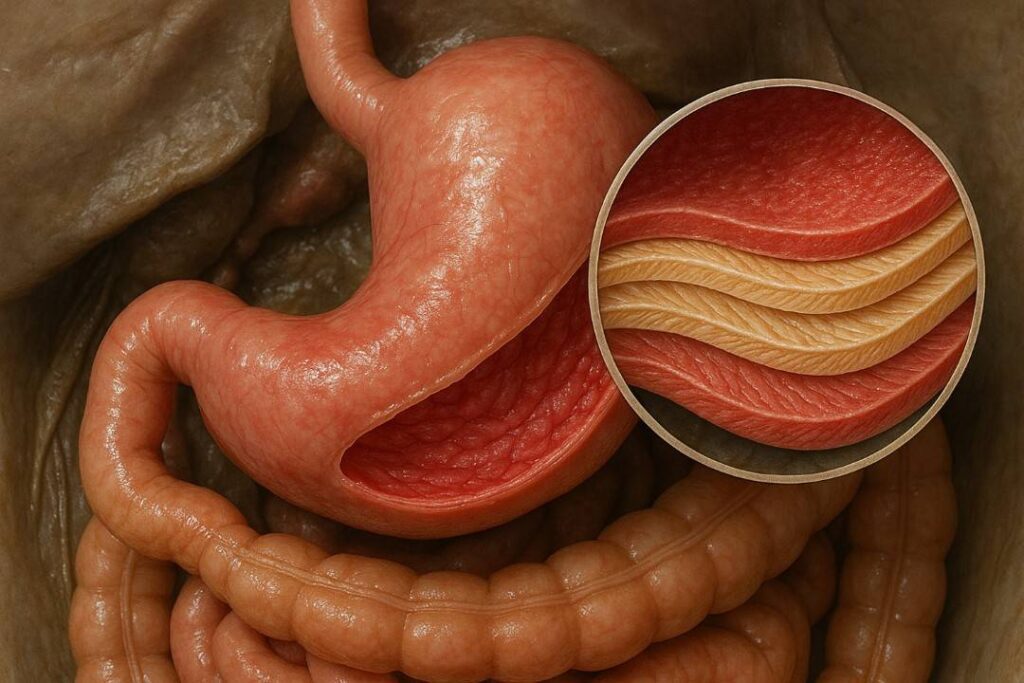
The harsh acids in your stomach that digest food would also digest the stomach itself if not for a rapid cell turnover. The stomach lining is replaced every three to five days, a process that helps prevent ulcers and other digestive issues.
22. Birds Are the Closest Living Relatives to Dinosaurs
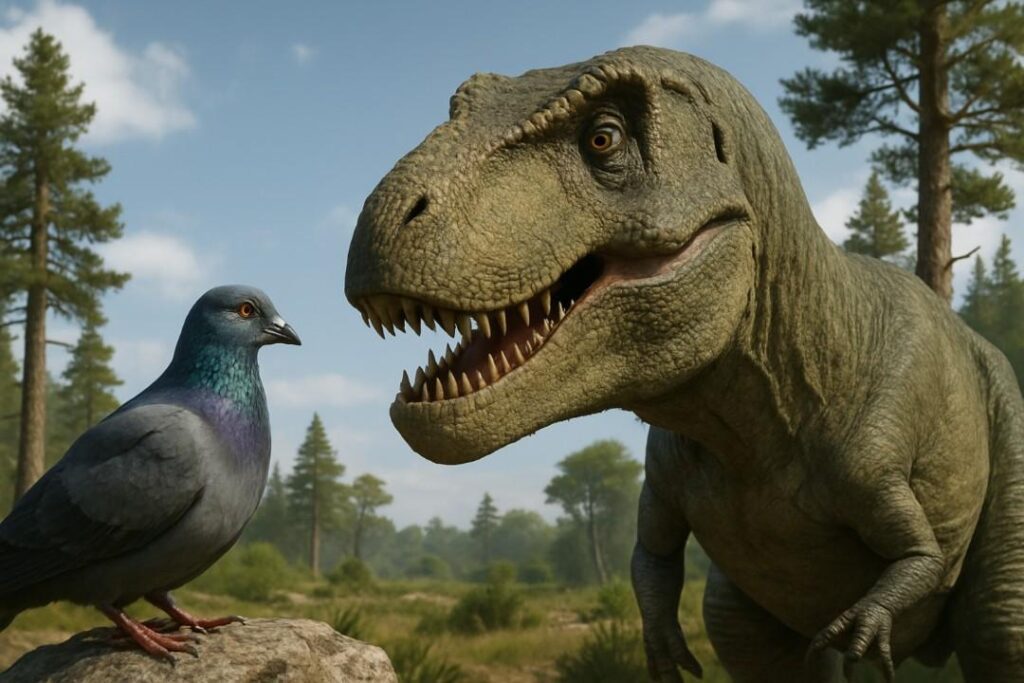
Modern birds evolved from small theropod dinosaurs, making them direct descendants of these ancient reptiles. The similarities are evident in skeletal structures, feathers, and even some behaviors. So next time you see a pigeon, you’re looking at a tiny, feathered dinosaur!
23. The Largest Living Structure Is the Great Barrier Reef
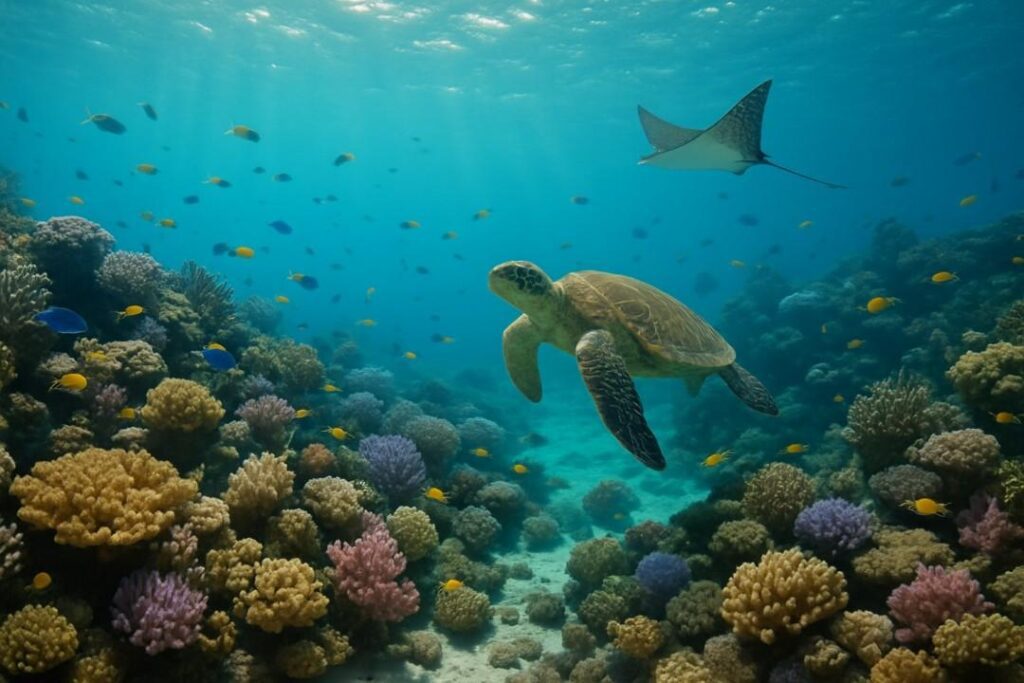
Spanning over 2,300 kilometers (1,400 miles), the Great Barrier Reef in Australia is the largest living structure on Earth. Not only is it visible from space, but it is also home to thousands of species, making it a vital hotspot for marine biodiversity and a natural wonder of the world.
24. The Brain Is More Active at Night
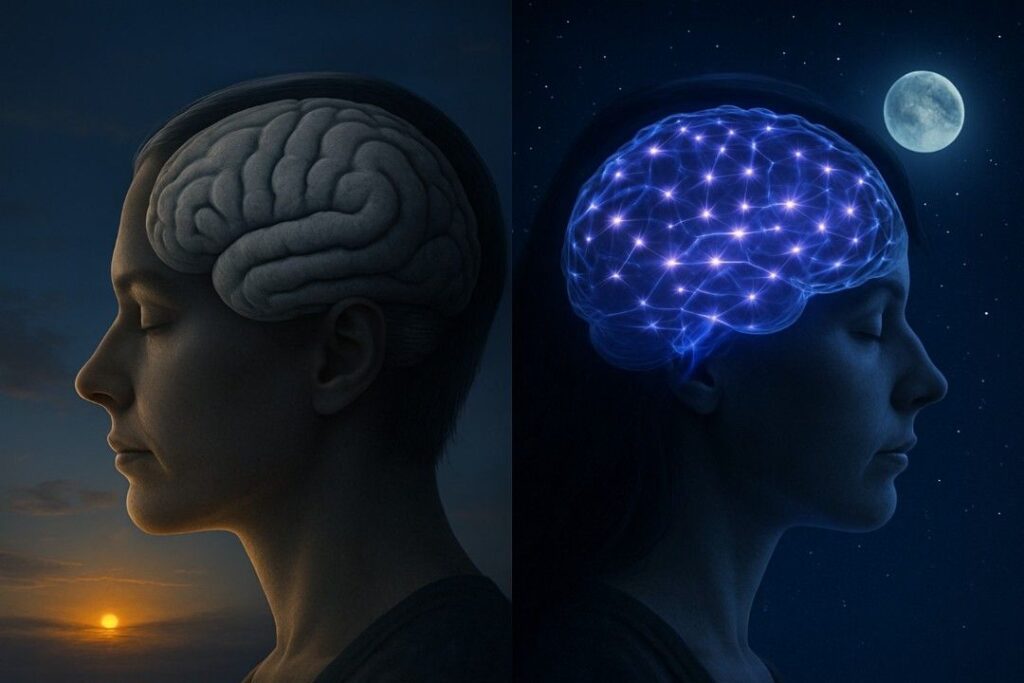
Contrary to what you might expect, the human brain is often more active at night while you’re sleeping than during the day. Sleep involves complex cycles where the brain processes information, forms memories, and clears toxins, making restful sleep essential for overall health.
25. The Tallest Mountain in the Solar System Is on Mars
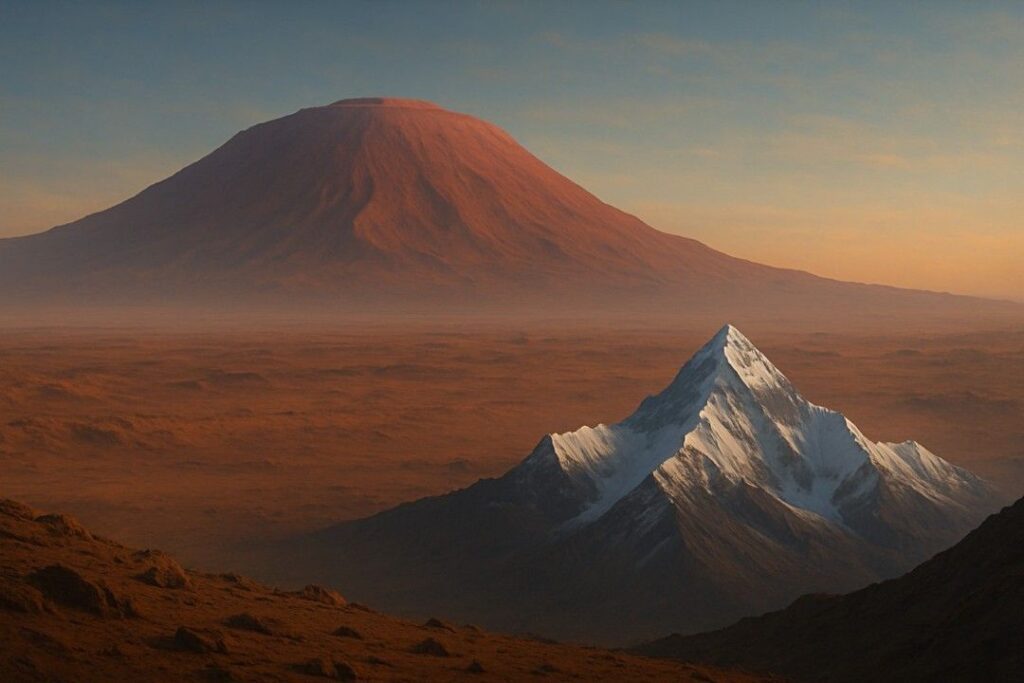
Olympus Mons on Mars stands at about 22 kilometers (13.6 miles) high, nearly three times the height of Mount Everest. This colossal volcano could only exist on Mars due to its lower gravity and lack of plate tectonics, offering insights into planetary geology beyond Earth.

